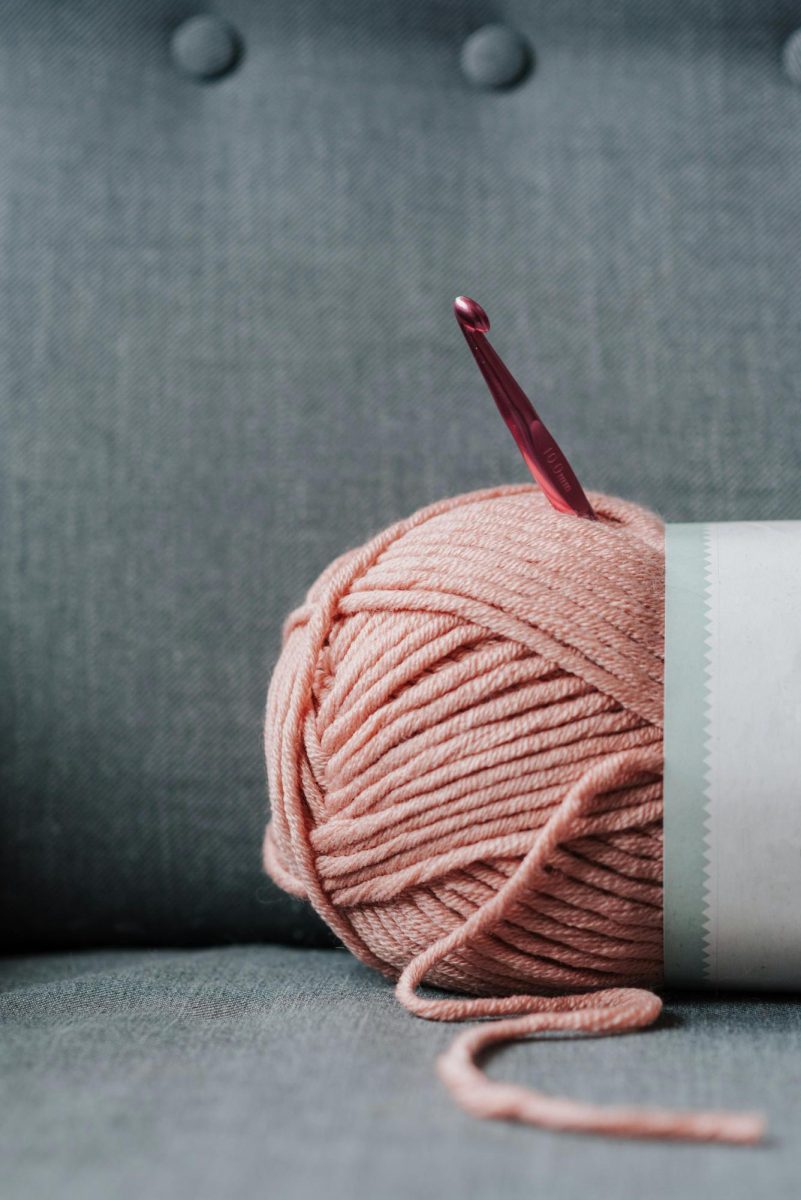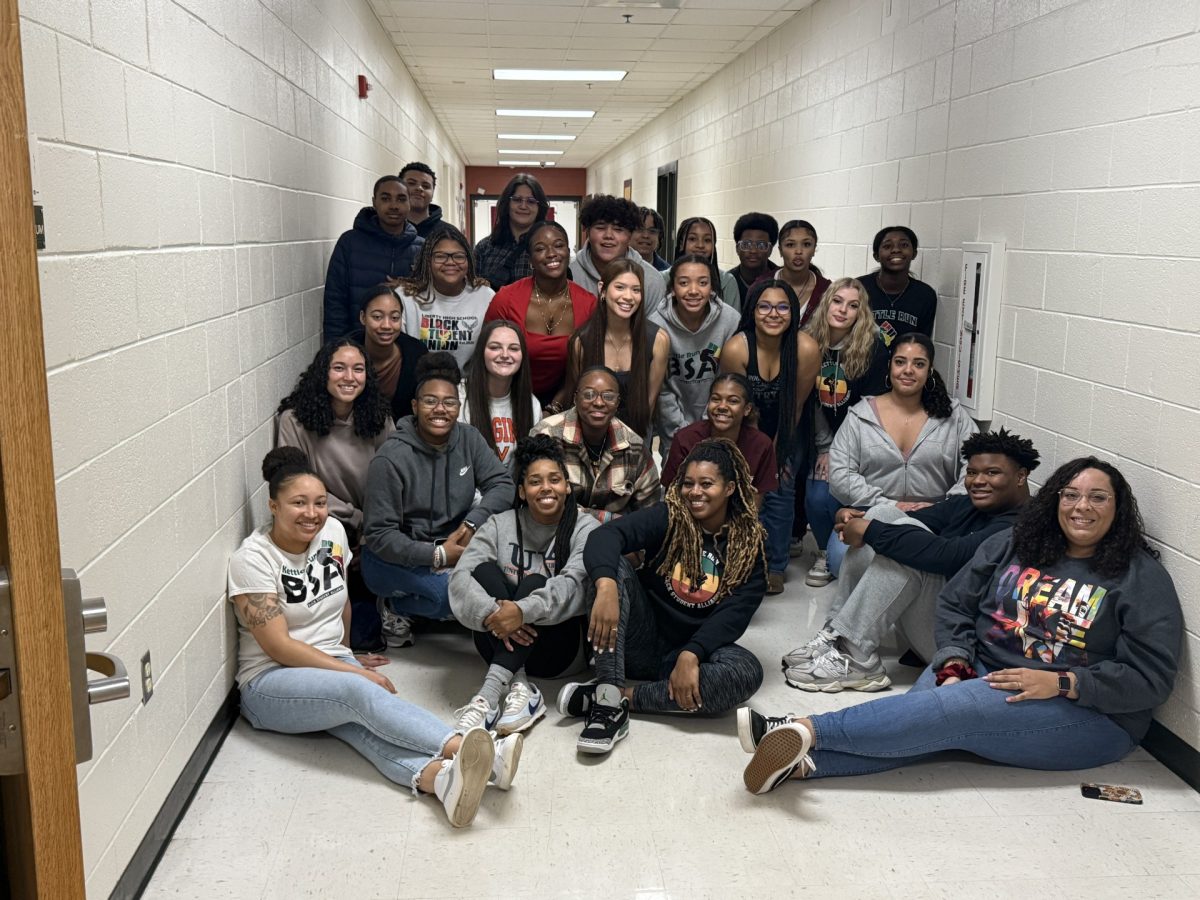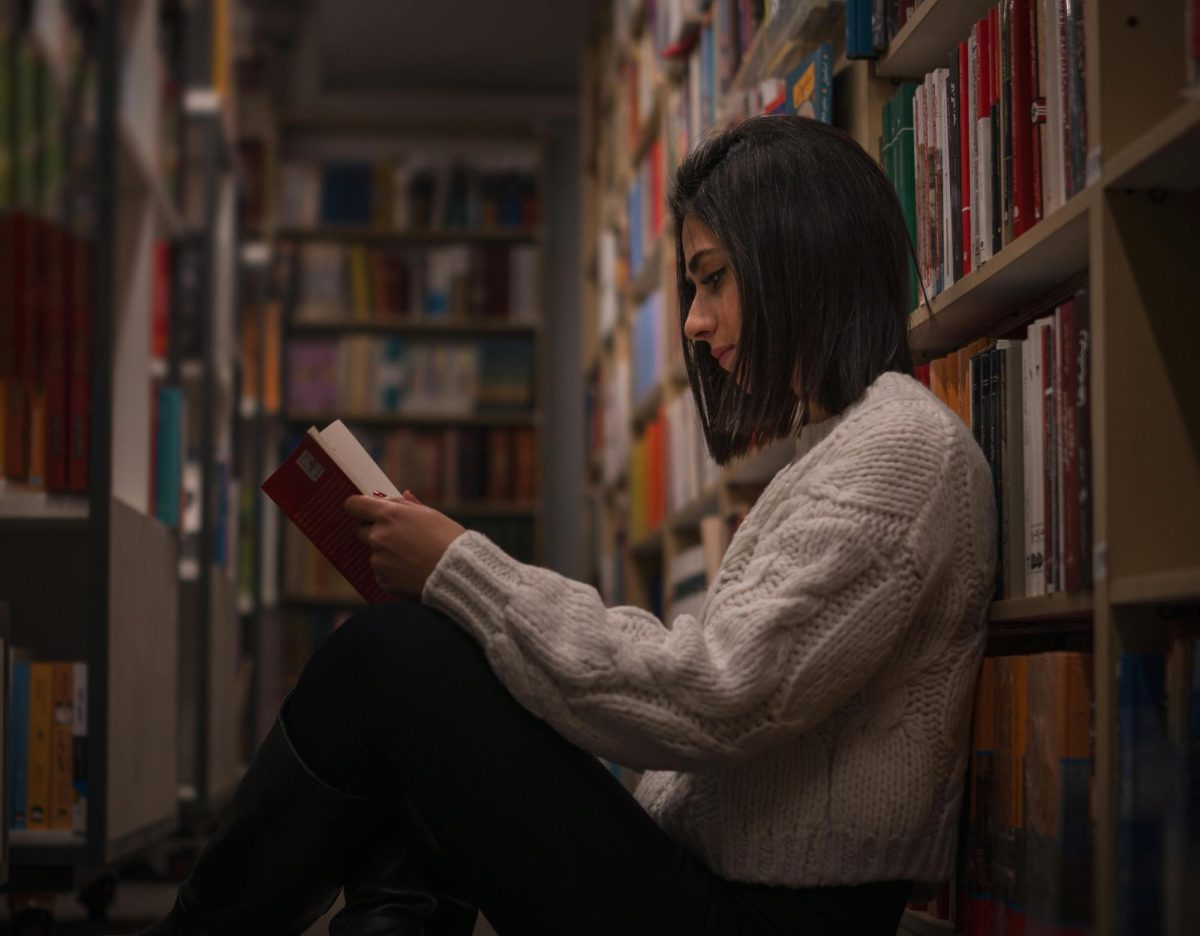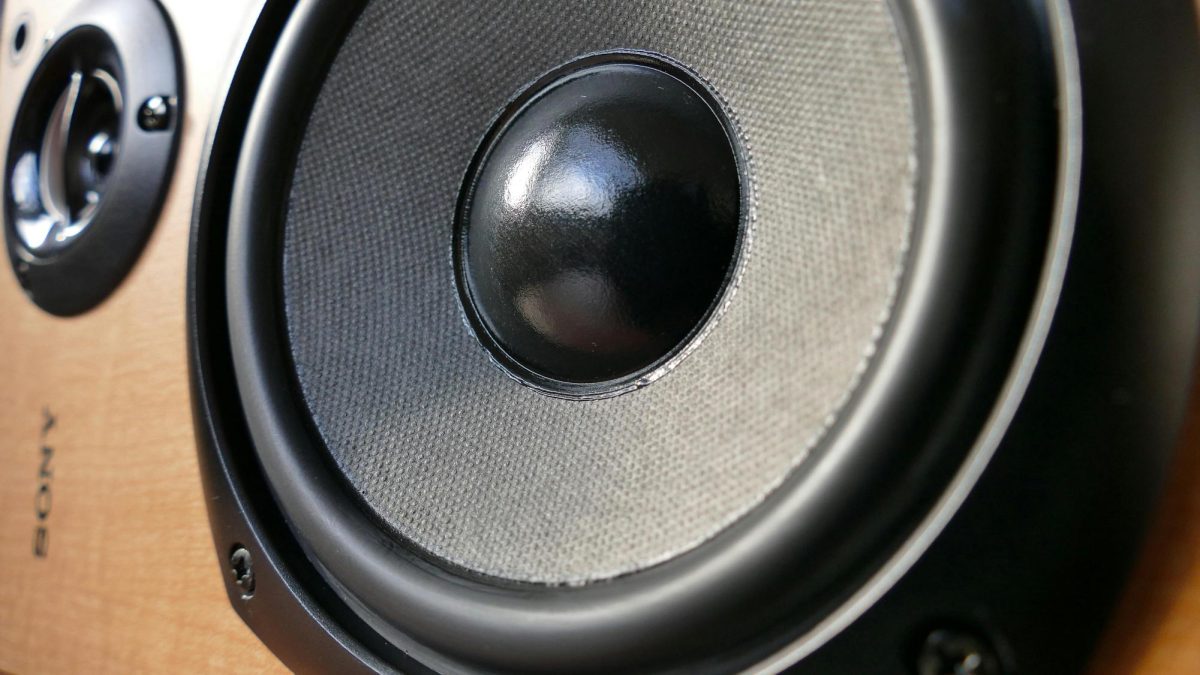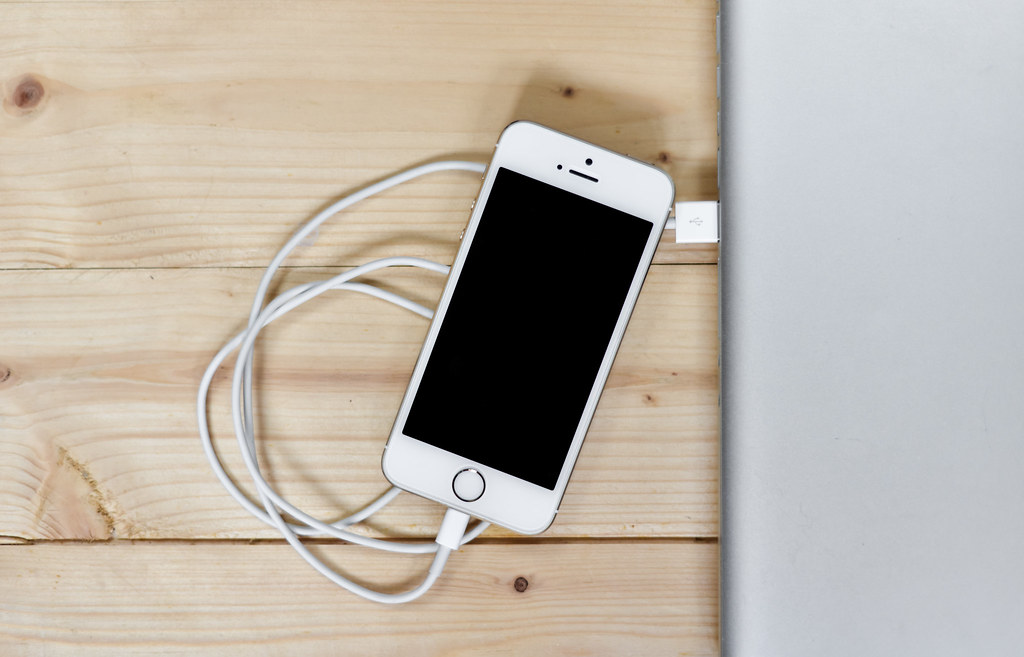Viewpoint: Should Schools Close Again Due to the Rise in COVID-19 Cases
February 3, 2022
As Omicron cases rise in the United States, several schools are facing staffing shortages. These shortages combined with concerns for the health of students have led several school systems to resort to remote learning. At least 3,229 schools have been closed since the beginning of January.
There are several opinions on whether shutting down schools is the best course of action in these times. New research has shown that there are several long-term effects on children that are related to school closures. Forbes researchers examined the discovery of 36 studies carried out in 11 countries throughout the world. These studies involved 80,000 children and 18,000 parents. The purpose of these studies was to assess the effect of lockdowns and school closures on children from early in the pandemic. Many of the studies indicated increased levels of anxiety and depression in children. More specifically, a U.K. study found that half of teenage girls and six in ten teenage boys showed symptoms of anxiety. Additionally, one in five in both sexes showed symptoms of depression. Levels of anxiety and depression had increased the most in those who reported poor connections with family and peers before the pandemic according to a study led by researchers at Great Ormond Street Institute of Child Health in London.
Similar findings were found across the world in countries such as Bangladesh, Canada, and Brazil. In Wuhan, China, where the pandemic first began and where lockdowns have lasted the longest, anxiety and depression levels have been found to be the greatest.
The suspected cause of this rise in anxiety and depression was credited to a lack of “social mixing”, which is essentially social interaction. This lack of “social mixing” is due in large part to schools closing. When schools closed, students were left to learn in their homes with no support from their peers. Additionally, studies from England and Japan also found a significant increase in suicide rates during lockdowns.
Perhaps even more concerning, data indicated that distress associated with social isolation may continue to have long-term effects on children.
On top of all the mental effects that come with school closures, another issue that needs to be addressed is the gap in education that students have faced due to school shutdowns. Learning online proved to be suboptimal and student performance dropped. If schools are closed again, the gaps between education standards pre-pandemic and education standards will only increase.
On the other hand, based on data from previous epidemics, it was found that school closures were effective in slowing the spread of a pathogen. For example, models of an influenza pandemic found that school closures for a moderately transmissible pathogen reduced the cumulative infection rate by 25% and delayed the peak of the epidemic by about two weeks. However, that being said, even if schools are closed, students will still be going out to grocery stores and other busy places where the risk of infection exists.
Based on all of the information gathered, schools should not completely shut down to slow the spread of the coronavirus unless the entire state or nation goes through another lockdown. That being said, schools should enforce the wearing of masks and social distancing. Masks and social distancing have proven to be effective in slowing the spread of the pandemic. Additionally, schools should provide an option for students to learn virtually based on their own comfort. Students should be able to choose whether to attend school in person or virtually based on their personal situations. This would be a good choice to provide as some students did not learn as much virtually while others thrived in virtual school. Of course, in some cases, schools remaining open is not possible due to teacher burnout and resulting staff shortages, so if that is the case it makes sense when a school must close. Schools should only remain open provided that they have mask mandates and social distancing procedures in place.
Sources:
Branch-Elliman, Westyn, et al. “Perspective | Closing Schools Again Won’t Stop Omicron. It’ll Just Hurt Kids.” The Washington Post, WP Company, 7 Jan. 2022, https://www.washingtonpost.com/outlook/2022/01/06/omicron-school-closures/.
“Does Closing Schools Slow the Spread of Coronavirus? Past Outbreaks Provide Clues.” Science, https://www.science.org/content/article/does-closing-schools-slow-spread-novel-coronavirus#:~:text=These%20analyses%2C%20including%20a%20paper,region%5D%20by%20about%202%20weeks.
Morrison, Nick. “School Closures May Have Long-Term Impact on Children’s Mental Health.” Forbes, Forbes Magazine, 19 Jan. 2022, https://www.forbes.com/sites/nickmorrison/2022/01/18/school-closures-may-have-long-term-impact-on-childrens-mental-health/?sh=731f99a91703.
North, Anna. “America Doesn’t Have Enough Teachers to Keep Schools Open.” Vox, Vox, 5 Jan. 2022, https://www.vox.com/the-goods/22868641/chicago-school-closings-omicron-covid-remote-learning.
Sparks, Sarah D. “New Research Shows How Bad the Pandemic Has Been for Student Mental Health.” Education Week, Education Week, 19 Jan. 2022, https://www.edweek.org/leadership/new-research-shows-how-bad-the-pandemic-has-been-for-student-mental-health/2022/01.
“U.S. Schools Close in Droves as Omicron Drives Staff Shortages.” Bloomberg.com, Bloomberg, https://www.bloomberg.com/news/articles/2022-01-04/u-s-schools-close-in-droves-as-omicron-drives-staff-shortages.

